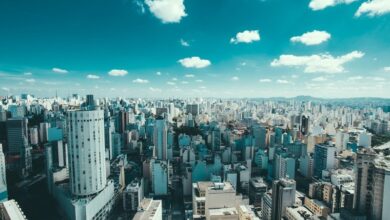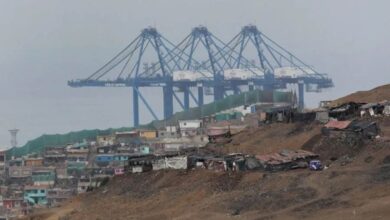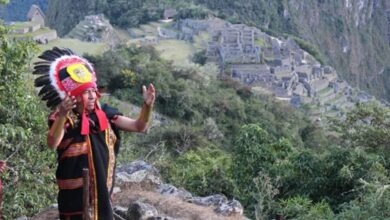Peru’s Living Mosaic: How the Maras Salt Mines Keep Ayni Alive
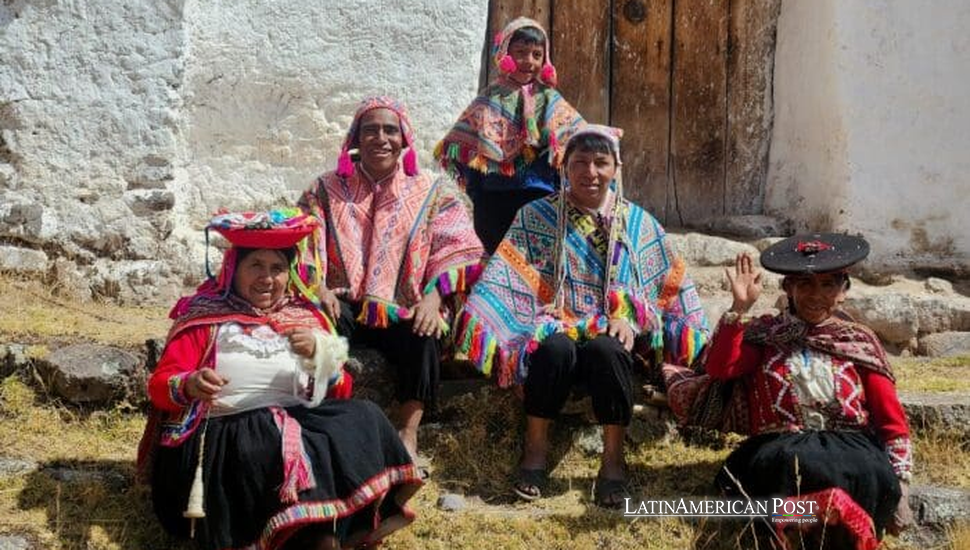
High above Cusco, where the air thins and the Andes seem to inhale light, a hillside shimmers white. To a drone, the Maras salt pans resemble a frozen glacier cracked into a thousand mirrors. But to the families who mine them, those terraces are not relics—they are the heartbeat of a living economy, one that still runs on reciprocity, not greed. Here, in the Sacred Valley of the Incas, five centuries of salt and solidarity continue to resist the algorithms of modern life.
Ayni in the Age of Algorithms
Work here doesn’t start with a boss’s order but with a question whispered across terraces: whose pond gets help today? Uriel, a fourth-generation salinero, follows the same rhythm his ancestors did. “Today we worked on my ponds, and tomorrow we will work on my friends’ ponds,” he told the AP, as if explaining an equation older than capitalism itself.
That equation has a name: ayni—the Quechua principle of mutual aid. It’s not charity. It’s a balance. In a world obsessed with hustle, hashtags, and viral fame, Ayni endures as a quiet act of rebellion. Each gleaming salt pool is privately held but collectively sustained. Families share labor, timing, and knowledge, turning the mountainside into a choreography of evaporation and trust.
Their cooperative, Marasal, sells salt born from a prehistoric sea that once covered this land. As geologist Roseanne Chambers explained to the AP, groundwater still carries that ancient ocean upward, where the sun and wind sculpt crystals from brine. The process is simple, patient, and exacting: open the channels, stir, dry, rake, repeat. The result isn’t just seasoning; it’s identity—a mineral signature of altitude and endurance.
Five Centuries of Brine and Belonging
Peru’s Ministry of Culture says salt was mined here long before the Incas carved their empire into stone. In the twentieth century, bureaucrats tried to nationalize production. After the 1968 coup, a state salt company took control—but the hillside refused to behave like a factory. Families kept tending their plots, waiting for the bureaucracy to fade. Eventually, it did. The commons survived the coups.
Each dry season, from May to October, every pond yields about 150 to 250 kilos of salt a month, according to data cited by the AP. When the rains arrive, production drops to almost nothing. The miners don’t fight the seasons; they adapt. This is an economy that knows the limits of extraction.
“If a family wishes to sell their pond, it must be to another resident,” explained Florencio, a salinero whose lineage reaches back seven generations, speaking to the AP. In other words, the salt pans stay local. Wealth doesn’t vanish into speculation or tourism conglomerates—it recirculates through the same families who have always lived on this slope. It’s slow capital with a conscience.
And that’s what makes Maras remarkable. These terraces are not museum pieces to be preserved under glass; they are a governance model written in clay and sunlight. When outsiders speak of “protecting” them, they often mean freezing them in time. But the salineros are doing something more complicated: they are modernizing on their own terms.
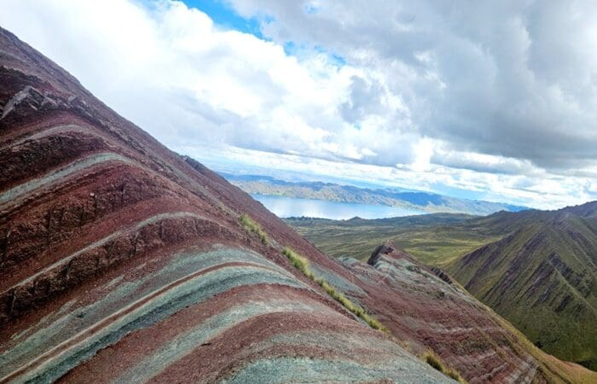
The Cooperative Math of Survival
A sack of salt weighs fifty kilos—one hundred and ten pounds of sunlight hardened into stone. Workers haul it up narrow trails to weigh stations, backs bent, breaths short. From there, some families sell through Marasal; others sell independently. The system is flexible but fair—a hybrid of community and autonomy.
Uriel’s rule of taking turns sounds poetic, but it’s pure pragmatism. Mutual aid cushions the impact of bad harvests, illnesses, and storms. It helps families ride out the spikes of tourism surges when the world rediscovers Maras on Instagram, and dry spells when the crowds vanish. And it protects them from the exploitative intermediaries who, for centuries, siphoned wealth from Andean producers.
As tour leader Juan Carlos Palomino told the AP, “For rural Peruvians, it’s more important to leave work on the land for future generations than to maximize wealth.” To some ears, that sounds naïve. But in an age of ecological collapse, leaving something behind may be the most sophisticated form of progress there is.
Ayni, after all, is not just kindness—it’s strategy. It keeps the system alive without exhausting it. It turns scarcity into solidarity.
Tourism, Taste, and the Future of the Flats
In nearby Pichingoto, Ilda runs a tiny shop carved into the rock, selling pure salt and herb-scented blends. Her daughter sweeps the floor—”as tidy as a shop carved into stone can be,” she joked to the AP. One rule governs every storefront: “Residents must run the shops.” That single sentence protects both livelihood and dignity. It’s how Maras welcomes the world without surrendering to it.
But fame is a double-edged sunbeam. The salt pans now attract influencers as often as traders. Too many feet can scar the fragile terraces; too much packaging can cheapen what took generations to perfect. The answer isn’t isolation. It’s sovereignty—rules that keep value in the valley. The co-op enforces local ownership, living wages, and education programs that blend ancestral methods with modern food standards. Development here moves at the speed of consensus, not conquest.
Peru’s future may depend less on megaprojects and more on places like this: working landscapes where culture itself is the technology. The Maras terraces are an ancient machine still humming with logic—turning sunlight, slope, and brine into survival. Their real export isn’t salt. It’s wisdom.
Which brings us back to ayni, that word with no perfect English twin. It means mutual aid, yes—but also trust, rhythm, and reciprocity. As Uriel said, tomorrow’s work will come because today’s was shared.
Credit the AP for the quotes and reporting. Credit the families of Maras for proving that progress doesn’t have to erase the past. Their salt glitters in every kitchen and souvenir bag—but the deeper gift is invisible: a reminder that true wealth is not what you own, but what you uphold—together.
Also Read: Mexico’s Tequila Future Rests on the Wings of Bats and the Agave They Pollinate

